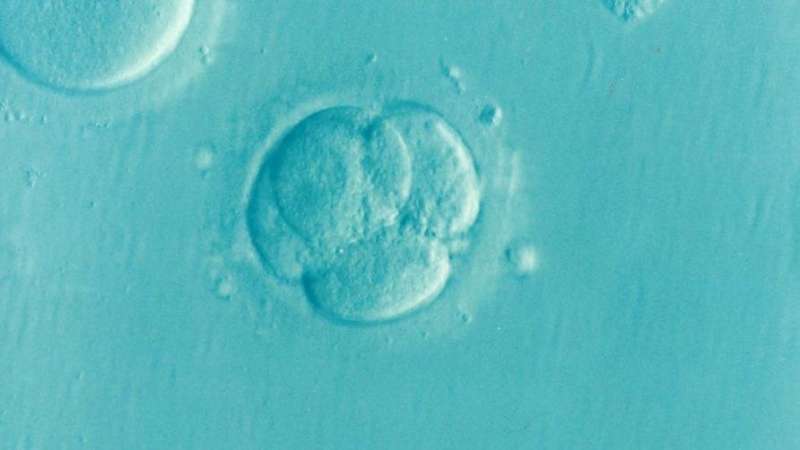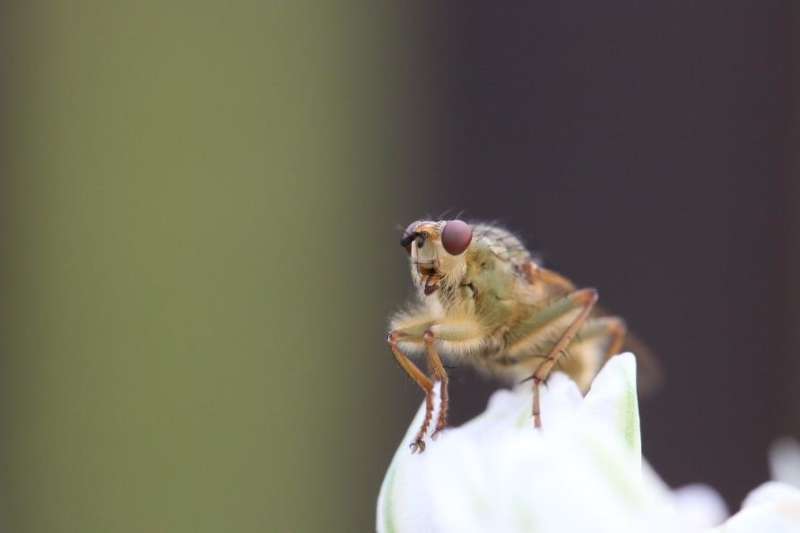The tip of the CRISPR iceberg

If you've ever heard of CRISPR, it has most likely been in the context of human gene editing.
In 2015, Chinese scientists announced they were the first to successfully edit the genome of a human embryo using a mysterious new technique. This technology, CRISPR, was so powerful that the implication seemed clear: humanity was taking its first step towards a new genetically modified future. Genetic diseases might soon be a thing of the past, but society would have to be wary of "designer babies", and inequitable access to, and potentially malicious uses of, this revolutionary technology.
Understandably, since that moment the ethics of genome editing has been widely discussed in the media and at the interface between scientists, philosophers, policymakers and the public. Changing the human genome shouldn't be something to undertake lightly, and discussions around its risks and limitations are essential.
But CRISPR itself threatens to be swept up in the controversy, forever branded as something that might be too dangerous to ever use. As a scientist who uses CRISPR in my research, this has me concerned that society is misunderstanding what is probably the greatest new scientific tool since genome sequencing arrived around 20 years ago.
CRISPR (also frequently called CRISPR-Cas9) is an acronym for "Clustered Regularly Interspaced Short Palindromic Repeats", which, along with its associated Cas proteins, comprises the anti-viral immune system of bacteria. If a virus invades a bacterium and the invasion is thwarted, the bacterium stores pieces of viral DNA in its CRISPR array, like a memory bank of past victories. If the same virus reappears later, Cas proteins use the stored sequences to efficiently cut up the virus' DNA before it can do any harm.
The way viral DNA is recognised and cut up by CRISPR machinery caught the eye of molecular biologists in the early 2010s, who realised it could be used to make changes in virtually any piece of DNA they wanted. What followed was an explosion of interest in CRISPR as a tool for genome editing and its rapid adoption by the research community, including myself and my colleagues at the University of Melbourne. Its many exciting uses extend far beyond editing human DNA in the clinic.
At its most basic, CRISPR is a way to cut DNA at precise locations. But quirks in how organisms repair this damage allow a remarkable amount of flexibility in what happens afterwards—genes can be deleted, replaced or just subtly modified, in virtually any organism. Emerging techniques even allow genes to be reversibly switched on or off.

In the past, routinely changing genomes in this way was difficult, time-consuming and out of the reach of poorly resourced labs. CRISPR's true revolution is giving unprecedented access to the genetic code to basically any scientist. Its uses are incredibly broad and span the entire scope of biology, not just in clinical medicine. It's a truly exciting time to be a biologist.
My work in the lab of Dr. Charles Robin in the School of BioSciences uses CRISPR to understand the inner workings of insects. How do tiny flies, known as Drosophila, shape the pulses of hormones that control their growth from eggs to adults? And how do they survive eating only rotting fruit? With the ability to manipulate any gene I choose using CRISPR, these questions have become closer to being answered than ever.
Research into Drosophila, already a fantastic model for genetics, has been uniquely placed to reap the benefits CRISPR brings. Existing tools, such as huge living libraries of organ-specific "driver" flies, a very high-quality genome sequence and over 100 years of research attention, give researchers an exquisite amount of power to discover biological secrets.
A fantastic example of the power of CRISPR in Drosophila is the work of Professor Phil Batterham and Dr. Trent Perry at the Bio21 Institute, who study how agricultural insecticides kill insects. By deleting or modifying insecticide-targeted genes in the brains of flies, they are revealing not only how and why certain insecticides work against some insects but not others, but also how these genes help the brain function. Their research has implications for our understanding of the nervous system not just in flies, but in all animals, including us.
But CRISPR is also invaluable for those studying "non-models—organisms that don't already have existing genetic toolkits. Which genes control the colours and patterns of butterfly wings? How do ants' sense of smell help them form complex societies? How do amphibious axolotls regenerate severed limbs so easily? These questions are already being answered with the help of CRISPR tools.
Basic research isn't the only beneficiary of CRISPR. For many decades, the goals and dreams of synthetic biology—the field dedicated to creating new proteins, genomes and even organisms from scratch—reached far further than laboratory techniques could carry them. With CRISPR, building microbial factories to make medicines or industrial compounds has become far easier. If the world ever replaces petroleum with algal biofuels, CRISPR may be partially responsible.
Of course, medical research isn't isolated from this new technology either. Outside of the clinic, researchers can use CRISPR to help better understand how the body works, using flies, mice and even human cells grown in a dish. Even if human genome editing never becomes legally permitted, CRISPR can be used to further medicine without even a single person ever receiving gene therapy. The group led by Dr. Justine Mintern at the Bio21 Institute is a perfect example, using CRISPR screens to understand the immune system. And there are hundreds of labs around the world now doing similar things for other aspects of human biology.
This all is just the tip of the CRISPR iceberg; its uses extend far beyond what I've mentioned here, and new applications are constantly being discovered. This is why it's unfair to lump CRISPR together with editing human genomes—we risk misunderstanding this incredible tool, when we're only just starting to realise what it's capable of.



















